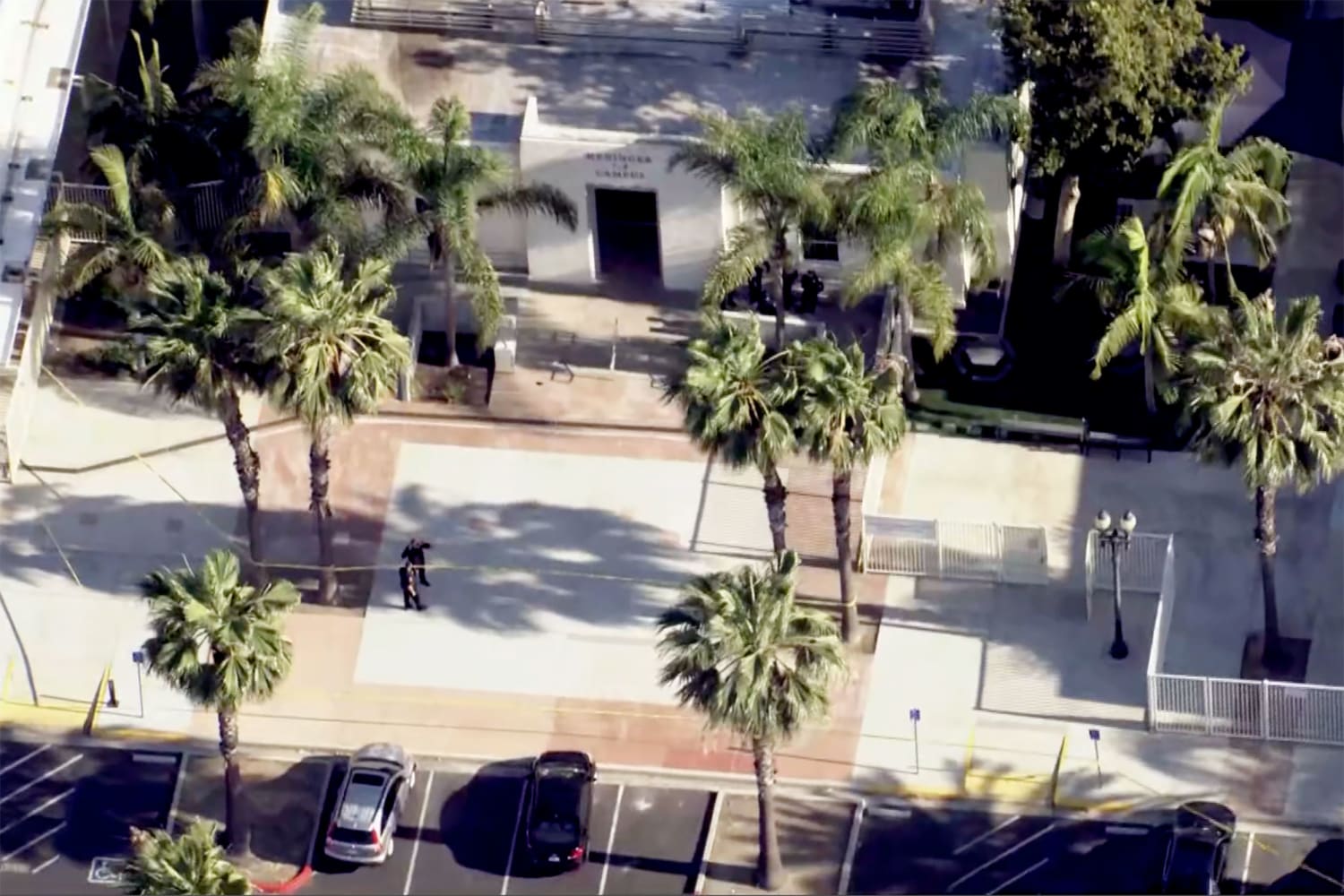Executive Summary
- Muons were successfully produced using an ultrashort, high-intensity laser and a lead converter target.
- The dominant processes underlying muon generation were identified as photo-production and electro-production through Geant4 simulations.
- The laser-driven muon source offers a compact, ultrashort pulse, and high-flux alternative to traditional methods, potentially reducing barriers for research.
Event Overview
A recent experiment successfully demonstrated the production of muons using an ultrashort high-intensity laser. Researchers accelerated an electron beam to gigaelectronvolt energies and directed it at a lead converter target, resulting in muon generation. The muon signal was confirmed by measuring its lifetime. This innovative approach offers a compact, high-flux alternative to conventional muon production methods reliant on cosmic rays or proton accelerators. The experiment highlights the potential for laser-driven muon sources to facilitate research in areas such as muonic X-ray elemental analysis and muon spin spectroscopy.
Media Coverage Comparison
| Source | Key Angle / Focus | Unique Details Mentioned | Tone |
|---|---|---|---|
| Nature Physics | Proof-of-principle demonstration of laser-driven muon production. | Confirmation of muon signal through lifetime measurement; identification of photo-production and electro-production as dominant processes; estimation of 0.01 muon yield per incoming electron. | Scholarly/Technical |
Key Details & Data Points
- What: Muon production using an ultrashort, high-intensity laser to accelerate electrons, followed by collision with a lead converter target.
- Who: Researchers at the National Key Laboratory of Plasma Physics, Laser Fusion Research Center (LFRC), China Academy of Engineering Physics (CAEP), and other affiliated institutions.
- When: Experiment conducted and results published in May 2025.
- Where: Shanghai Superintense Ultrafast Laser Facility (SULF).
Key Statistics:
- Muon yield: Up to 0.01 muon per incoming electron (estimated).
- Electron beam energy: Gigaelectronvolt energies (achieved with the laser).
- Laser pulse duration: Ultrashort (duration not specified numerically).
Analysis & Context
This proof-of-principle experiment marks a significant advancement in muon production techniques. Traditional methods rely on large-scale facilities like proton accelerators, while this laser-driven approach offers a compact alternative. The use of an ultrashort, high-intensity laser to accelerate electrons and generate muons opens new possibilities for research in various fields. The identified photo-production and electro-production processes provide valuable insights for optimizing muon generation. The relatively straightforward implementation of this method in a small laser laboratory could dramatically reduce barriers to entry for researchers interested in muon-related studies. The estimated muon yield of 0.01 per incoming electron indicates the efficiency of this method. Further development and optimization could lead to even higher yields and broader applications.
Conclusion
The successful demonstration of muon production using an ultrashort high-intensity laser represents a promising new avenue for generating these particles. This method offers a compact, high-flux alternative to traditional techniques. While further research and optimization are needed, this proof-of-principle experiment paves the way for wider accessibility and application of muon sources in various scientific disciplines.
Disclaimer: This article was generated by an AI system that synthesizes information from multiple news sources. While efforts are made to ensure accuracy and objectivity, reporting nuances, potential biases, or errors from original sources may be reflected. The information presented here is for informational purposes and should be verified with primary sources, especially for critical decisions.









